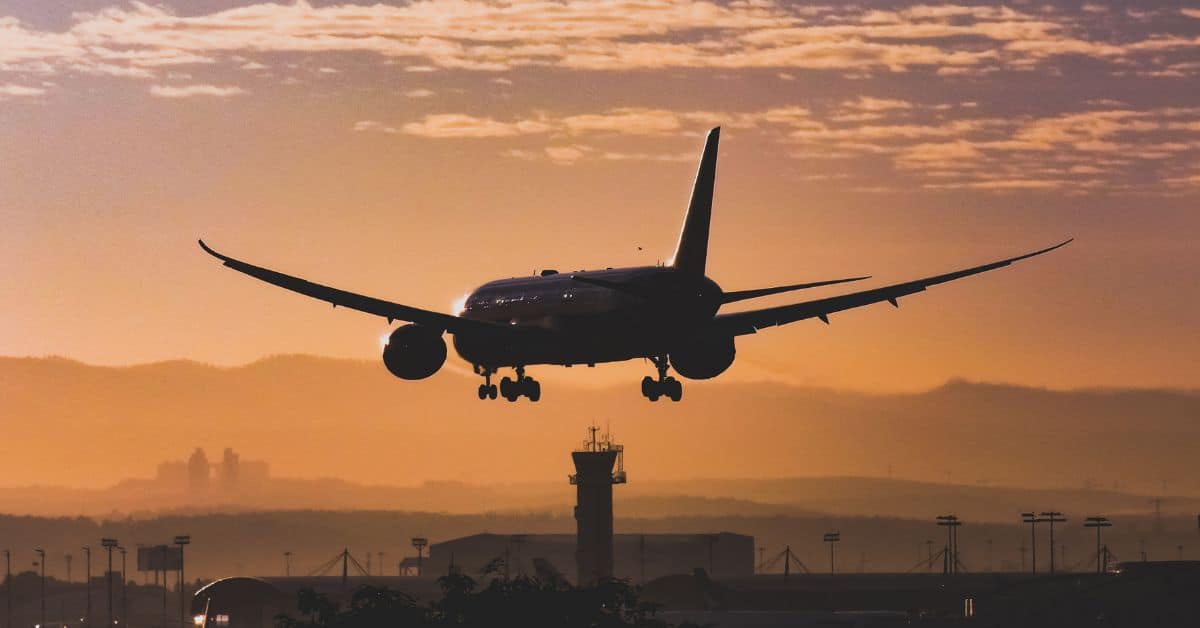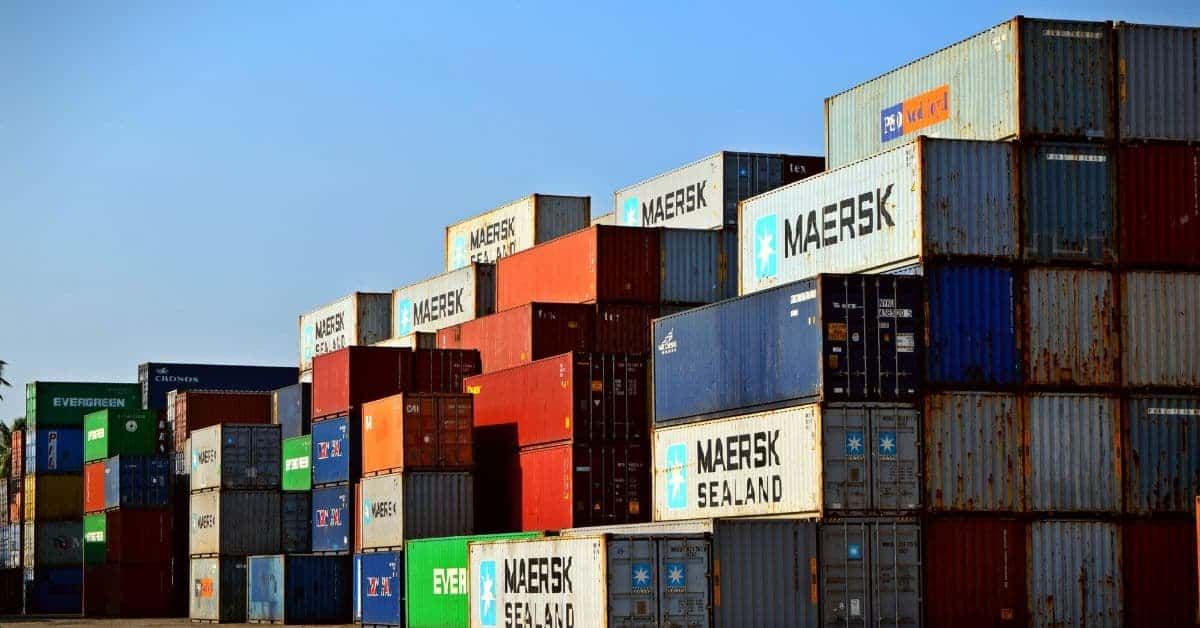MUST KNOW for Air Freight Import Process
Contents

Air import is one of the fastest methods for importing goods and parcels, suitable for both e-commerce business operators and individuals who need to send goods to a destination country urgently or wish to save transport time. However, air import involves certain procedures and essential information that should be known before starting the process. These include air import formalities and necessary documents, as any mistakes may lead to unnecessary delays, business disruptions, and extra costs.
To help everyone better understand air import, let’s explore its key steps and what information is required at each stage to ensure smooth and efficient shipping for your business.
What is Air Import?
Air import refers to the transportation and importation of goods via air using airplanes. The main advantages include fast transit times, quick delivery to the destination country, and high security, as airborne transportation reduces the risk of theft. This method is ideal for shipping time-sensitive goods or urgent deliveries, such as fresh produce, food, pharmaceuticals, and high-value items that require speed, security, and minimal damage risk during transit. Examples include machinery parts, gemstones, supercars, and collectibles. Additionally, it serves as a logistics solution for importing and exporting goods from landlocked countries.
Difference Between Air Courier and Air Cargo
When dealing with air import, business operators may encounter two types of air transport services: shipping via Air Courier and Air Cargo. These two methods have distinct purposes:
Air Courier
This is a door-to-door air transport service, meaning goods are delivered directly to the recipient’s doorstep. This method does not require export customs clearance, except when the shipment exceeds THB 500,000 under Thai customs regulations. In such cases, the sender must register and complete export customs procedures, including submitting an Export Entry.
Air Courier is suitable for general shipments that do not include hazardous goods or temperature-sensitive items.
Air Cargo
This is a door-to-port air transport service, where goods are sent to the destination airport. The sender must register with customs, submit a Goods Declaration, and prepare necessary shipping documents such as invoices, an Air Waybill (AWB), and other required paperwork. Once the shipment arrives at the destination country, a local agent must complete the import customs clearance to release the goods from the airport and deliver them to the recipient or warehouse.
Air Cargo is ideal for bulk shipments or special cargo, such as hazardous materials, temperature-controlled goods, or shipments requiring full customs procedures.
Steps in Air Import Customs Clearance
Air import customs clearance is conducted electronically via an e-Import system with the following steps:
1. Submitting Import Entry Information
Upon arrival, the importer or agent must submit an Import Entry in the e-Import system, sending the data to the customs computer system through one of four methods:
- Self-submission of Import Entry data
- Submission by a Customs Broker
- Using a Service Counter
- Submitting at the Customs Service Office, BC-1 Building, 1st Floor
2. Verification and Tax Payment
Once the data is submitted, the system verifies the Import Entry details against reference files. If the data is correct, the system assigns an Import Entry number. If discrepancies exist, the system will reject the entry, requiring corrections before resubmission. Taxes and duties must be paid electronically or at the Revenue Accounting Office (BC-1, 2nd Floor) during business hours or at the Export Cargo Inspection Building (CE) outside business hours.
3. Inspection Order
Once data submission and tax payment are complete, the system randomly selects shipments for inspection. There are two possible scenarios:
3.1 Shipments Selected for Inspection (Status 0301)
The importer must coordinate with the TG or BFS warehouse to prepare the shipment for inspection. Customs officers will verify classification, value, and product details. If all information is correct, the customs officer will update the system and approve release.
3.2 Shipments Exempted from Inspection (Status 0309)
For exempted shipments, the customs system will notify the importer and send a release order to the warehouse.
4. Receiving the Shipment from the Warehouse
Once cleared, the importer can collect the shipment from the warehouse. The warehouse updates the system with the delivery date, changing the status to “Delivered” (Status 0409). The goods are then released from customs custody and transported to the final destination.

Air import is an efficient solution for fast and secure shipments. Understanding air import customs clearance and the e-Import system helps businesses minimize costs and avoid delays. Proper documentation is essential at every stage, and partnering with experienced logistics providers and modern equipment such as pallet racks and forklifts can enhance efficiency even in challenging situations.
Contact Us
Fill out the form: www.upr-thailand.co.th/contact/inquiries/
Phone: +66-2-672-5100
Email: info-thailand@upr-net.co.jp
UPR (Thailand) Co.,Ltd. > Columns > Logistics > MUST KNOW for Air Freight Import Process

 Contact us
Contact us  Call us
Call us  Line Official
Line Official